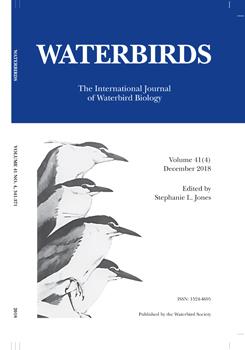Olrog's Gull (Larus atlanticus) is a vulnerable species; however, no study has addressed the relationship between body measurements and sex. To provide an easy and reliable work tool to identify the sex of individuals, adult Olrog's Gulls (n = 111) were weighed, several measurements were taken, and the sexes were determined using DNA analyses. All measurements showed significant differences between sexes, with males being significantly larger (Range = 4.0-15.1%) in all measurements. Logistic regression models were selected using the Akaike information criterion and were validated using leave-one-out cross validation. The best set included three models. Model 1 performed best and included head-bill length, bill depth, wing length and body mass as independent variables, and was closely followed by model 2, which contained the same variables with the exception of wing length. Model 3 included head-bill length, body mass and wing length as independent variables. Model 1 was 1.3 and 2.1 times more likely to be the best model than models 2 and 3, respectively. Model 1 correctly assigned the sex in 94.6% of all birds and 93.4% of females. Model 2 performance was marginally better and correctly assigned the sex in 95.5% of all birds and 95.1% of females. The correct classification of males was 96.0% in both models. Results demonstrate the validity of these measurements, which can be easily taken in the field to reliably determine the sex of Olrog's Gulls.
BioOne.org will be down briefly for maintenance on 14 May 2025 between 18:00-22:00 Pacific Time US. We apologize for any inconvenience.
How to translate text using browser tools
1 December 2018
Field Sexing Olrog's Gull (Larus atlanticus) Using Morphometry
Pablo F. Petracci,
Julián M. Burgos,
Gabriela C. López,
Kaspar Delhey,
Martín Carrizo,
Rodolfo Sarria,
Martín Sotelo,
Gustavo M. Somoza,
Luciano F. La Sala
ACCESS THE FULL ARTICLE

Waterbirds
Vol. 41 • No. 4
December 2018
Vol. 41 • No. 4
December 2018
Larus atlanticus
molecular sexing
Olrog's Gull
predictive modeling
sexual dimorphism




